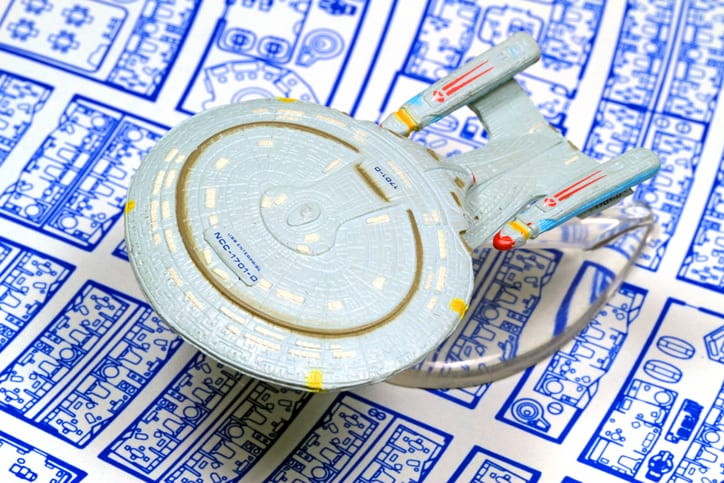The only reason that shows and movies like Star Trek and Star Wars aren’t incredibly boring to watch is that they can “warp” or “go into hyperdrive” and pop from one end of their universe (or ours) in the blink of an eye. If we had to watch while they actually made their way across space, well…they would never get there and neither would we.
Not in one lifetime, anyway, and certainly not in an hour-long show (or even a three-hour movie).

Image Credit: iStock
All joking aside, the issue of how vast space is has always been a huge factor in whether or not we’ll ever really get to explore its depths – but a recent paper proves (theoretically, anyway) that a physical warp drive is not out of the realm of possibility.
This new paper can’t tell us how to build ourselves a warp drive to explore the universe, but it can tell us why we can’t do it just yet, and if you know anything about science, that’s a step in the right direction.
The issue with a real life warp drive has always been the laws of physics. General relativity says that nothing can go faster than light, and thus far, no verified science has bee able to prove that wrong.

Image Credit: iStock
In 1994, a physicist named Miguel Alcubierre had an idea for a model warp drive that didn’t violate those laws, but it required negative energy to run – energy we don’t know how to produce, if it’s possible at all.
This new paper, though, written by Alexey Bobrick and Gianni Martire, has been peer reviewed and published in Classical and Quantum Gravity, and let me just say that nerds everywhere are very intrigued.
Bobrick and Martire’s version of the warp drive doesn’t require huge amounts of negative energy – just a bubble of spacetime that could surround a person, or a huge vessel, or anything we’d like it to.
The bubble could go faster than light while the passengers inside would experience the laws of physics as we know them – flat spacetime – and even though we don’t know how to create this bubble, physicists who reviewed the paper agree that it’s not an outlandish idea.

Image Credit: iStock
The matter and energy distribution of this imaginary structure remain a mystery, and the maths are far from settled, and yes, it would still require some powerful form of energy, so obviously, don’t start packing your space bags just yet, friends.
That said, the paper and concepts have a strong mathematical basis. There are plenty of silly space travel hypotheses out there, and this is something more, according to the theoretical physicists of the world. The paper will allow others to pile on, to add their ideas, and so you never know.
We just might make it to outer outer space yet.






